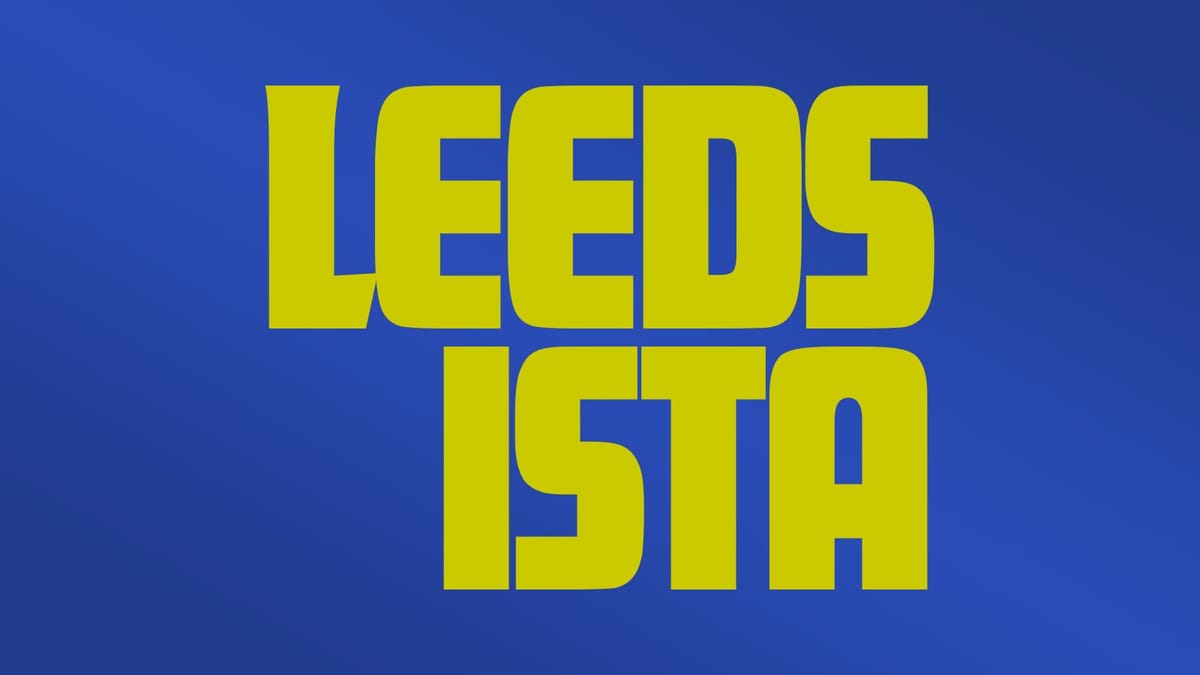New partners: Batty and Dacourt in Anderlecht, 2001
Dacourt had Batty playing more like his salad days when he and Vinnie Jones were running things in the middle together, taking it in turns at getting the ball and ganging up to never give other teams a moment's peace.
One football truism is that a good team is built on partnerships, and in that sense Leeds United's Champions League side travelling to Anderlecht at the turn of the millennium was not yet a good team. Rio Ferdinand was newly signed and was starting for only the tenth time with Lucas Radebe after mixing and matching with Jonathan Woodgate. Harry Kewell was a long term absence through injury so Ian Harte had another newish signing, Dominic Matteo, with him down the wing. The other side was cobbled together through Lee Bowyer's suspension, Eirik Bakke playing ahead of Danny Mills. Up front there were signs that Mark Viduka and Alan Smith could dovetail beautifully, as in Rome when Viduka backheeled for Smith to score, but since Christmas Viduka had more commonly been playing with Robbie Keane. Keane wasn't eligible for the Champions League, though, making the trip to Belgium a chance for Smith to earn his place back for the Premier League.
The key partnership, always, was in central midfield. Billy Bremner and Johnny Giles, Gary McAllister and David Batty, and now Batty and Olivier Dacourt. But this game was only the seventh time they'd started in midfield together. Batty had been wary of this one of summer's big signings — bought from Lens for £7.2m, as chairman Peter Ridsdale advertised by printing the fee on a shirt and parading around Elland Road with it and the French midfielder. He was euphemistically described as 'combative' thanks to his record of fifteen bookings in 36 games while at Everton, and if you looked beyond the discipline there was a crisp, controlled passer. From Batty's point of view the new player looked uncanny, and too alike for them to play together. The first time they tried it, Batty wrote in his autobiography:
'It just didn't work. We were too similar, with me slipping instinctively into my role as the anchor man and Olly unable to free himself from the same job, which he had been doing for months in my absence ... the thought flashed through my mind that one of us would have to go if we didn't sort this out — and that it might well be me.'
Leeds had been having injury problems all season, making the team a haphazard thing that manager David O'Leary was by turns despairing of in public and adding to in the transfer market. Leeds were only 5th in the Premier League, four points behind Sunderland in 4th and 23 away from Manchester United at the top. Instead of becoming the title contenders everyone had expected, they'd lost nine games. In Belgium, rather than a full bench of seven, O'Leary named only five substitutes, and although Jason Wilcox and an unfit Harry Kewell were there, Alan Maybury had not played since 1998 and Jacob Burns was not a good argument against starting Batty and Dacourt together.

Here's lots to read about Alan Maybury
But the Champions League, so far, was where none of United's problems seemed to matter. Whether David O'Leary's Leeds United were cohering into a formidable challenger to Arsenal and Manchester United or not was less important, on the continent, than bloodying the noses of Milan, Barcelona and Lazio. Anderlecht manager Aimé Anthuenis had not been paying attention to the unique circumstances of the Peacocks' Champions League form, because while he might have been justified calling them "very average" on the strength of Premier League performances, they were not carrying that weight with them on European nights.
